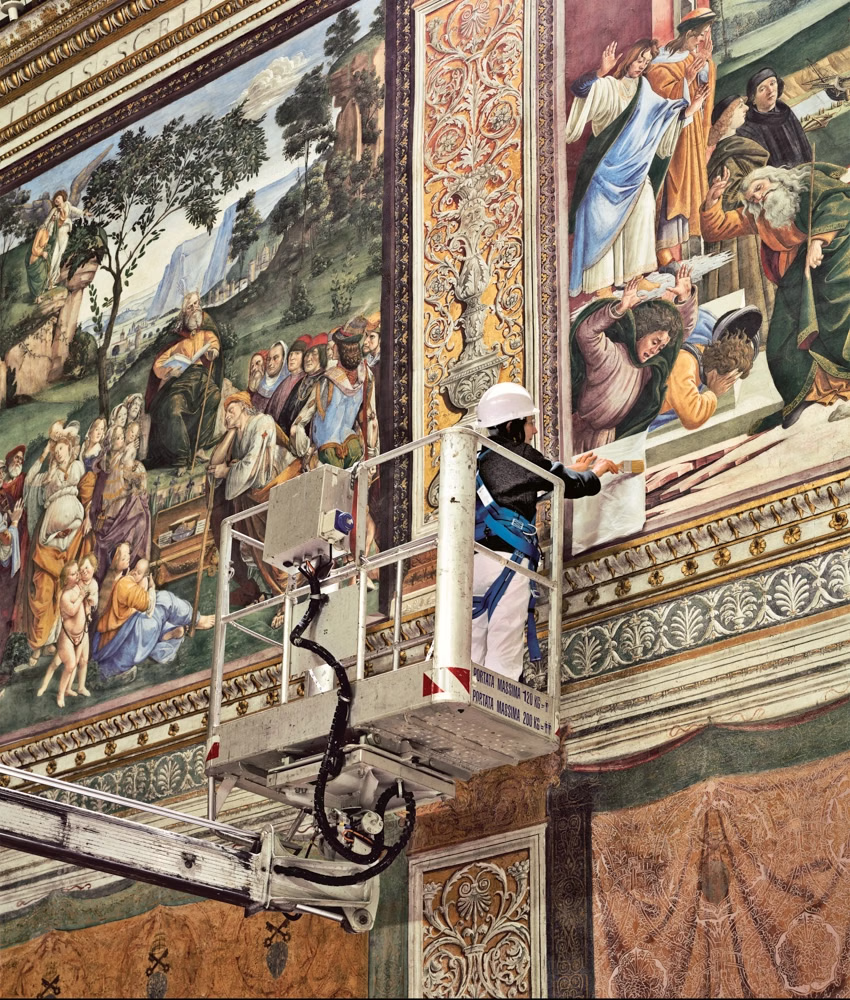Sistine Chapel Restoration - Revealing Michelangelo’s True Colors
Learn how modern restoration uncovered Michelangelo’s original brilliance in the Sistine Chapel after centuries of smoke and decay.

For centuries, the Sistine Chapel glowed under a veil of soot. Candle smoke, humidity, and dust had dulled Michelangelo’s vivid frescoes into shades of gray-blue and umber.
🧩 The Restoration Project
In 1980, a 14-year restoration effort began under the Vatican Museums, led by master conservators Gianluigi Colalucci and Maurizio Rossi.
Using delicate solvents and Japanese tissue paper, they cleaned the frescoes inch by inch, removing centuries of grime without harming the pigment.
When the scaffolding came down, the world gasped.
Gone were the muted tones long thought “Michelangelesque.” In their place: blazing turquoise, coral pinks, emerald greens, and radiant golds — colors of divine vitality.
✨ The Debate
The restoration was not without controversy. Some critics argued that too much patina was removed, altering Michelangelo’s intended chiaroscuro. Others defended it as a rebirth of the artist’s true vision.
Yet few deny the result: the Sistine Chapel was reborn in light.
“It was as if a candlelit world suddenly became illuminated by the sun.”
Today, advanced climate controls preserve the frescoes, ensuring that Michelangelo’s heaven remains as luminous as the day it was unveiled.

Art Conservator
Tags
Comments (0)
Loading comments...